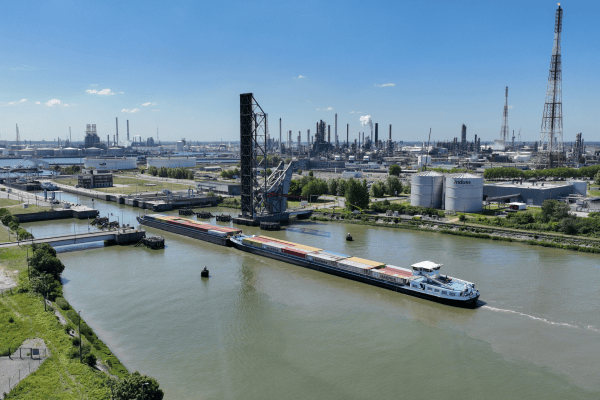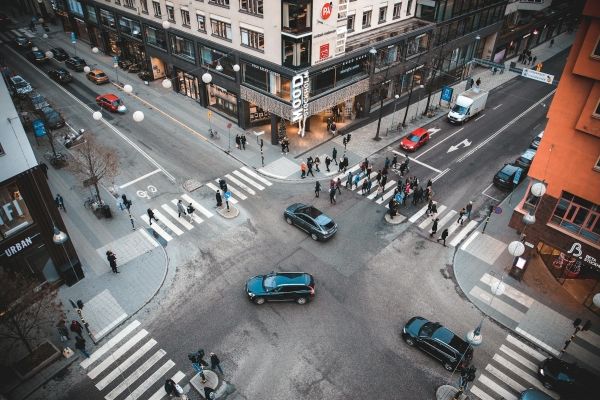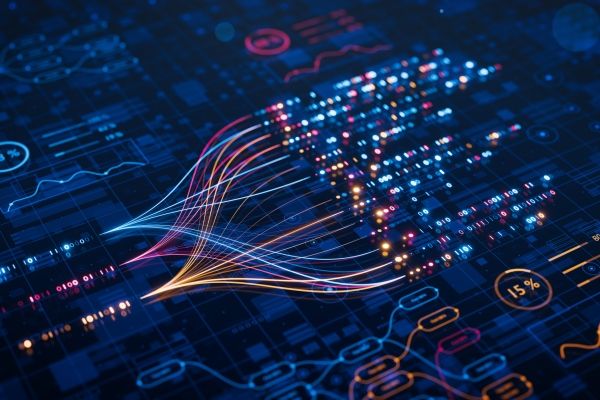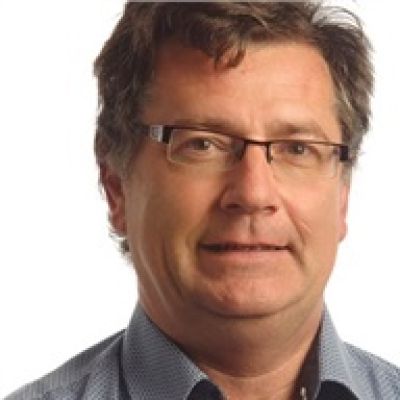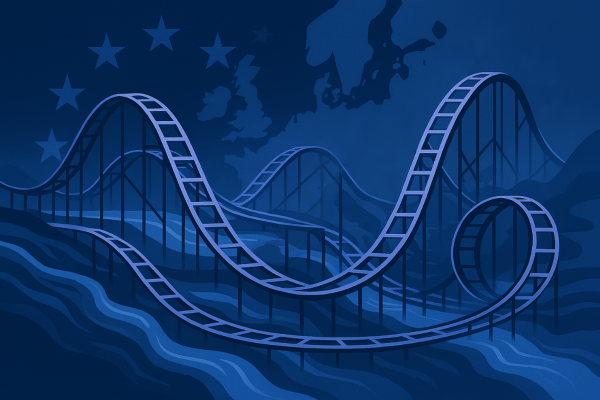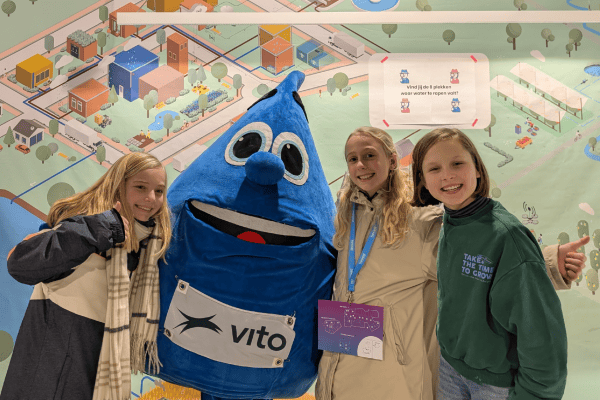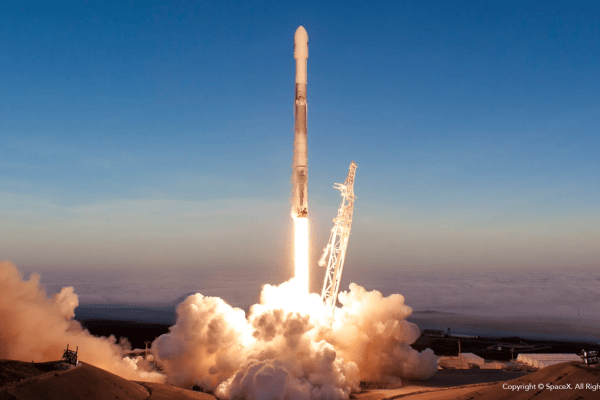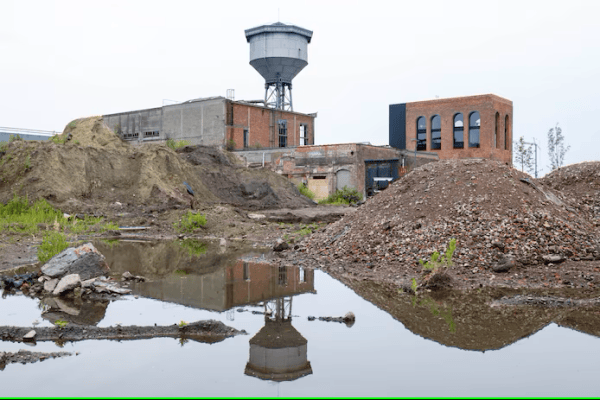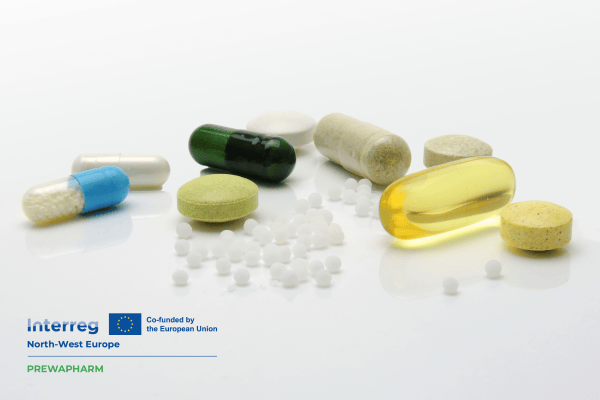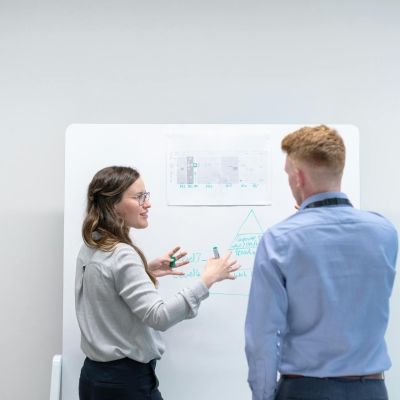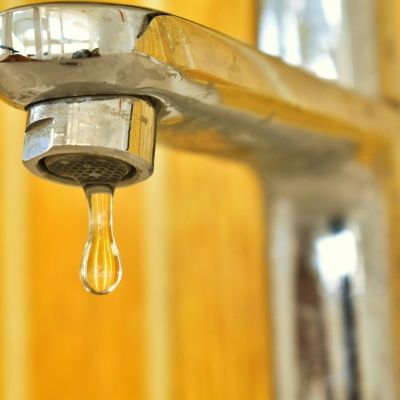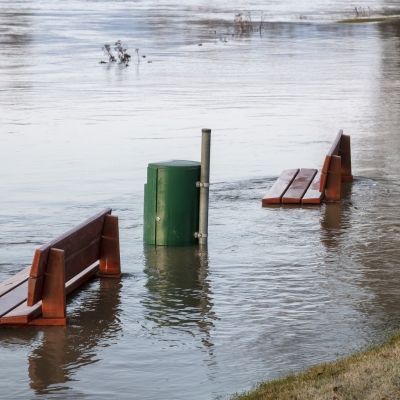Art and technology embrace each other at the Love Tomorrow Summit
The European STARTS4WaterII project supports 20 artist residencies that offer innovative perspectives on urgent water challenges. During the Love Tomorrow Summit on 24 July, VITO, as coordinator and co-curator, presented three selected projects that bring together art, science and technology.
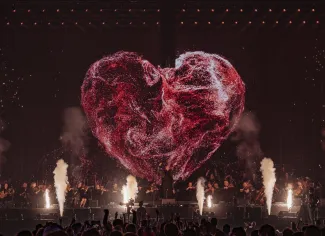
©Love Tomorrow Summit 2025
Three performances
-
Carlos Casas created Lacunae, an auditory map of the Venetian lagoon composed of field recordings, climate data, and human sounds. The installation invites visitors to experience ecosystems sensorially rather than through abstract data. The calls of migratory birds, the crackle of mussels, the sounds of the harbor… all encourage us to forge new sustainable relationships with our environment.
-
Kat Austen presented a sound and dance act, Not Breaking – This Wave Drowns Hate. With her Symbiophone, she transforms microplastics in water into sound, which an AI then uses to generate visual future scenarios. The AI agent was trained on visions of the future from the local community around the port of Galway in Ireland. In this way, pollution is not simply “translated,” but becomes the starting point for imagining a desirable future.
-
Territorial Agency used satellite, drone, and sensor data to make invisible tensions in the Scheldt region visible—ranging from disrupted sedimentation and warming to infrastructure pressures and biodiversity loss. Just as an X-ray reveals hidden layers in a painting, the project uses remote sensing to offer a new perspective on the Scheldt system, showing how human influence intertwines with ecological and geological processes.
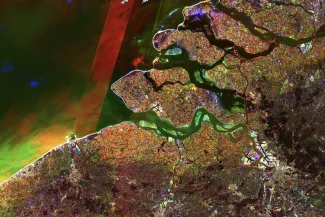
Anthropocene ©Territorial Agency
Earlier, the artist collective Plastique Fantastique had already showcased a giant sculpture on the banks of the Scheldt—one that breathes, makes sound, and moves.
New perspectives
The performances demonstrate how port areas—often seen as closed infrastructures—can be reimagined as zones where people and nature coexist. Through technology, storytelling, and field research, invisible processes are made tangible, creating space for shared understanding and collaboration. Mussels, oysters, microplastics, or tidal currents thus become storytellers of what lives beneath the surface.
Art proves to be a powerful catalyst for making systemic shifts visible and for engaging citizens and policymakers in water transitions.
